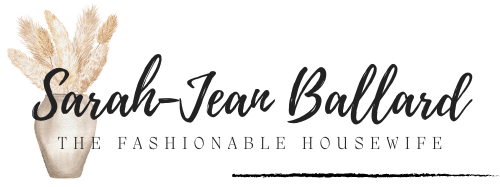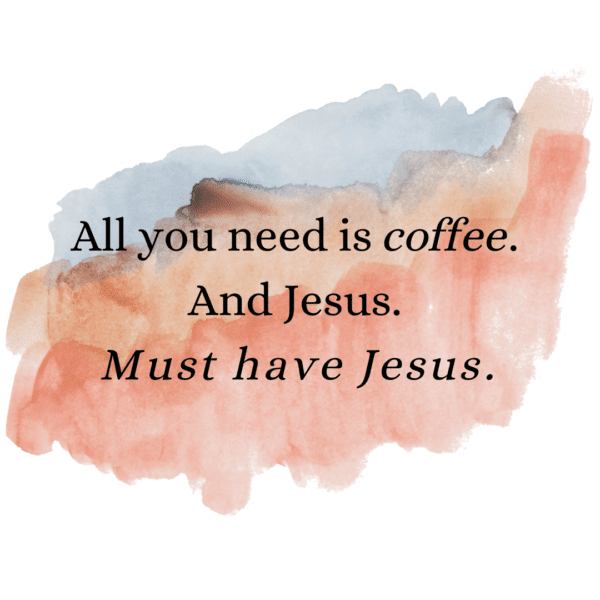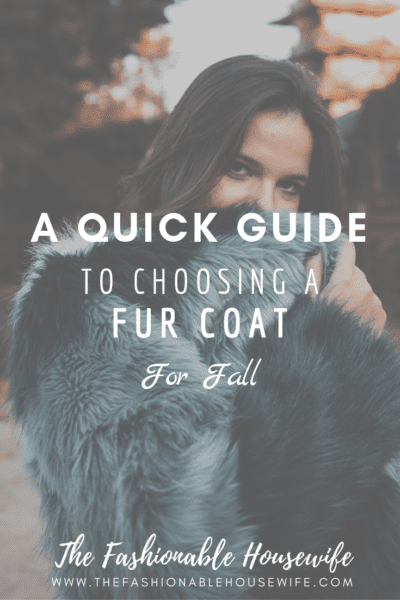
Adding a fur coat to your wardrobe is a great choice because it not only adds more fashion and flair to your outfit, but it’s also a great way to keep warm during cold weather. However, choosing a fur coat for fall is also a huge investment because good-quality fur coats don’t come cheaply.
Fall is the best time of the year to be choosing a fur coat from Mano Swartz and other reputable vendors. Fur coats not only give you the added warmth that’s needed during these chilly months, but they’ll also become your favorite accessory to dress up any outfit. There’s a ton of variety when it comes to kinds of fur coats—material, color, style—so you’ll certainly be able to find a fit no matter what.
In fact, the problem is that there are just so many choices when it comes to picking a fur coat for women. Since most people are not in the financial position to purchase multiple types and styles of fur coats, the best choice would be a fur coat that can serve multiple purposes, such as providing protection against the elements, giving the wearer a sleek and fashionable look, and being easily paired with other items of clothing.
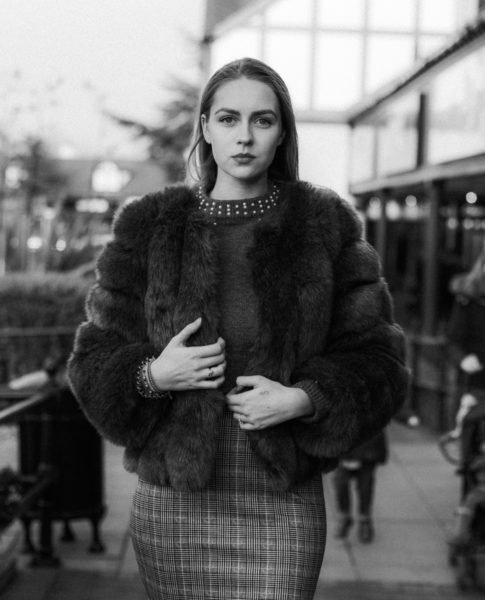
There are several factors that you should consider when picking out the best fur coat for fall. Let’s break these down.
Picking A Fur Coat For Fall
Body Type
Think about your body type. If you have a thick body type, you may want to choose a lighter fur coat so that you won’t look too top-heavy. However, if you have a lean body type, you can certainly rock a heavier fur coat.
Along with your body type, factor in your natural skin color as well. This can help you choose the right coat that’ll be most suitable for you. Some fur coats are just right for people with all types of skin tones and colors, while others may not look as good on someone who is a tad bit fairer or darker. Also take into consideration that, if you tan during the summer, that you will lighten up in the fall and winter, so buy your coat according to whatever shade you’ll be during those seasons.
Cost
As mentioned above, good-quality fur does not come cheap! In fact, if you do find a fur coat with a suspiciously low price, you’re probably looking at a faux fur coat. However, there are times when you’re able to find a great and natural fur coat for a good price, but it might be a second-hand fur coat or you’re shopping at a sample sale. The cost is also affected by the maker of the coat, which ranges from affordable to high-end. The price of fur coats can also be affected by the process by which the fur is produced, as fur coats typically pass through several stages before they are ultimately sold by fur coat makers.
Fur Type
There are various types of animal pets that are used for making fur coats and they differ in many ways such as their color, softness, texture, and density of the fur. On the more affordable end of the scale you can find fur coats made from cheaper furs such as hair and fox, while mink, sable, and chinchilla sit at the luxurious end. The fur type, quality, and the color of the pelt all affect the final price of the fur coat.
Style
Think about the style, as you’ll still want to look fashionable even when wearing a big and bulky fur coat. There are many different styles of fur coats available. For instance, you can choose a long billowing coat, a simple V-neck, and even a trench coat.
When it comes to style, most fur coats actually come in a unisex appearance, although a fur coat for fall might come in a bit more ostentatious style. What’s more, there are fur types such as red fox and beaver that can come in colors and textures that can appeal more to men, while softer and more delicate furs like sable and mink are more attractive to women.
The key is for you to ensure that you stay comfortable and happy in the design that you’ve chosen.
Durability
Well-made furs will last you for years, especially if you invest in properly cleaning, maintaining, and storing them during the off season. However, the fur type will also affect the durability of a coat. Furs that don’t have long hair guards such as chinchilla and rabbit, can shed quickly if rubbed repeatedly, like when a coat rubs against the straps of a shoulder bag. If you are looking for a fur coat for fall that is highly durable, fox, otter, and beaver fur coats are known to last for a long time without losing integrity or fur layers.
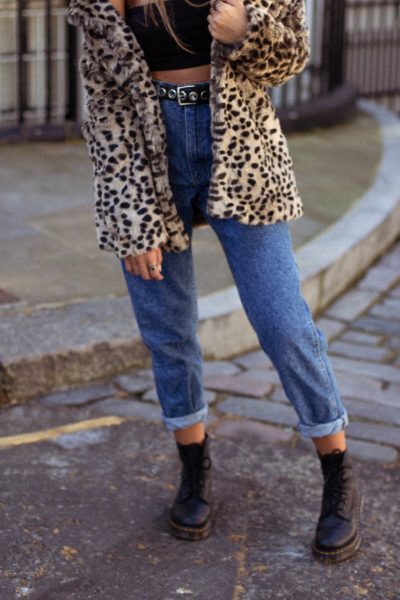
How and Where to Use the Fur Coat
The most important factor that you need to keep in mind when choosing a fur coat is arguably it’s function: how are you planning to use the coat? Do you want a coat that will keep you warm, dry, or both?
Coats for Warmth
If you’re looking for a fur coat for fall that you will primarily use for keeping you warm, you need to look for coats that have a dense and thick texture. Chinchilla, mink, and sable coats have a silky and dense underfur that provides a lot of insulation, and you will be warm and cozy even during cold weather. However, natural furs tend to be bulky, which many people find interfere with their aesthetic. If you want a sleeker-looking fur coat that still offers adequate warmth and insulation, look for fur coats that are sheared or plucked.
Coats for Keeping Dry
If you’re looking for a fur coat that’s more suited to keeping you dry in conditions such as wet snowfall or slushy environments, you need to choose a type of fur coat that features guard hairs. These guard hairs naturally have an oily layer which helps repel moisture. Fur coats made from beaver and fox offer a layer of protection against light rain, but you should not depend on the fur to protect you from heavy rains as the water can easily soak though if the downpour is strong enough.
Multi-Purpose Coats
If you want a coat that can offer both warmth and protection from light rain, lined fox or coyote fur coats are a great choice. Fox and coyote fur feature the long guard hairs to repel water, as well as an undercoat that’s soft and reasonably dense. What’s more, fox fur comes in the widest variety of natural colors, so you will have a wide range of choices there as well.
Other Helpful Articles:
5 Things Your Winter Wardrobe is Missing
